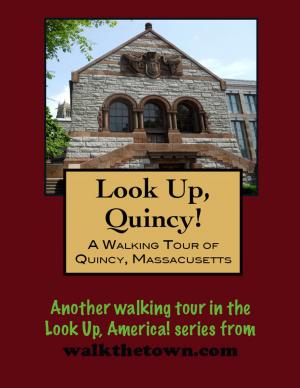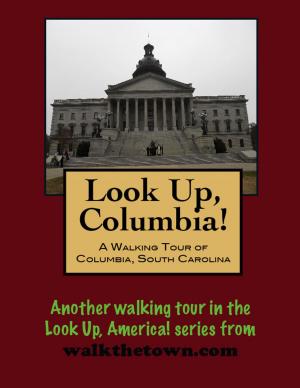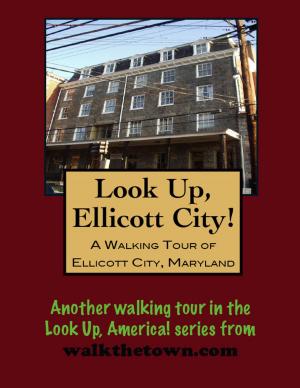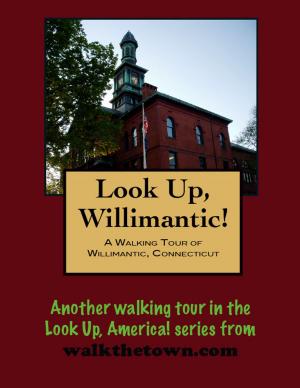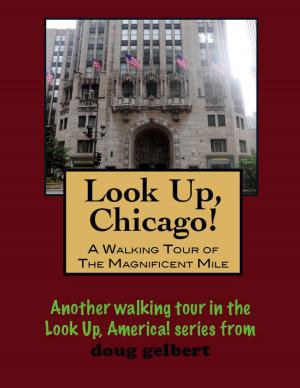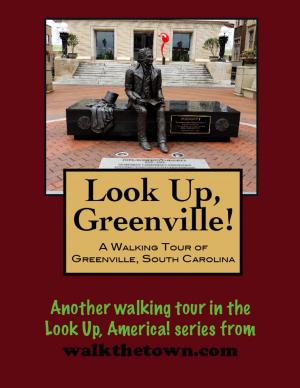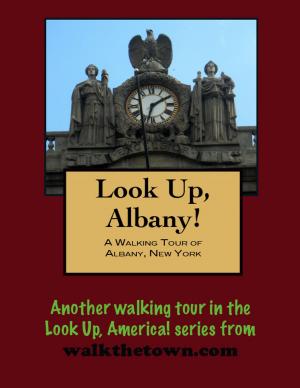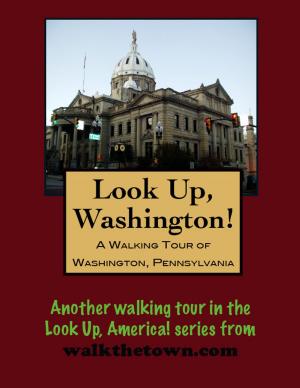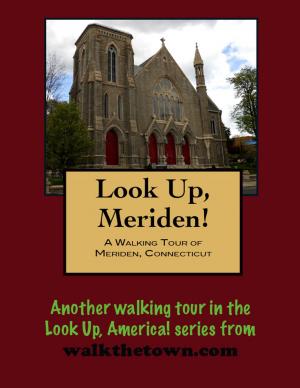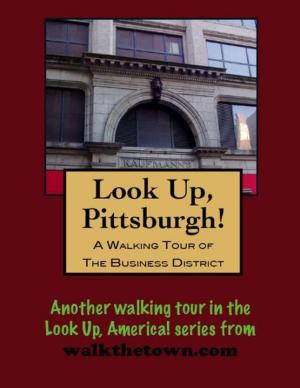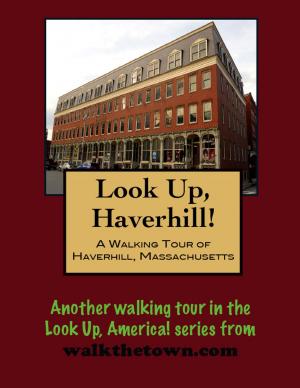| Author: | Doug Gelbert | ISBN: | 9781458097927 |
| Publisher: | Doug Gelbert | Publication: | February 15, 2011 |
| Imprint: | Smashwords Edition | Language: | English |
| Author: | Doug Gelbert |
| ISBN: | 9781458097927 |
| Publisher: | Doug Gelbert |
| Publication: | February 15, 2011 |
| Imprint: | Smashwords Edition |
| Language: | English |
There is no better way to see America than on foot. And there is no better way to appreciate what you are looking at than with a walking tour. Whether you are preparing for a road trip or just out to look at your own town in a new way, a downloadable walking tour is ready to explore when you are.
Each walking tour describes historical and architectural landmarks and provides pictures to help out when those pesky street addresses are missing. Every tour also includes a quick primer on identifying architectural styles seen on American streets.
The town of Dartmouth was formed from so-called “common land” on June 8, 1664, and included the territory called Acushena, Ponagansett and Coakset. The bounds of the town were defined June 3, 1668. From this territory New Bedford was set off February 23, 1787. Therefore, New Bedford was founded as a town in 1787 and incorporated as a city in 1847.
First mayor Abraham Howland and the new city fathers were predominately Quakers. Followers of the religious teachings of Englishman, George Fox, the Quakers referred to themselves as the “Society of Friends” and “Children of the Light.” Their spiritual mission in life was to spread (diffuse) the “Inner Light of Christ” to all they encountered. So here they were, the Children of the Light, employed in the lighting industry, supplying whale oil to the entire world for lighting.
The town had grown since the economically difficult days of the American Revolution a decade earlier. With its well-protected deep harbor, by 1823 New Bedford had surpassed Nantucket in the number of whaling ships leaving its harbor each year and by 1840, with the arrival of the railroad and easier access to markets in New York and Boston, the port was the whaling capital of the world. New Bedford was for a time “the richest city in the world.”
This walking tour will begin at the Visitor Center for the New Bedford Whaling National Historical Park, just a couple of blocks from the waterfront of the “city that lit the world”...
There is no better way to see America than on foot. And there is no better way to appreciate what you are looking at than with a walking tour. Whether you are preparing for a road trip or just out to look at your own town in a new way, a downloadable walking tour is ready to explore when you are.
Each walking tour describes historical and architectural landmarks and provides pictures to help out when those pesky street addresses are missing. Every tour also includes a quick primer on identifying architectural styles seen on American streets.
The town of Dartmouth was formed from so-called “common land” on June 8, 1664, and included the territory called Acushena, Ponagansett and Coakset. The bounds of the town were defined June 3, 1668. From this territory New Bedford was set off February 23, 1787. Therefore, New Bedford was founded as a town in 1787 and incorporated as a city in 1847.
First mayor Abraham Howland and the new city fathers were predominately Quakers. Followers of the religious teachings of Englishman, George Fox, the Quakers referred to themselves as the “Society of Friends” and “Children of the Light.” Their spiritual mission in life was to spread (diffuse) the “Inner Light of Christ” to all they encountered. So here they were, the Children of the Light, employed in the lighting industry, supplying whale oil to the entire world for lighting.
The town had grown since the economically difficult days of the American Revolution a decade earlier. With its well-protected deep harbor, by 1823 New Bedford had surpassed Nantucket in the number of whaling ships leaving its harbor each year and by 1840, with the arrival of the railroad and easier access to markets in New York and Boston, the port was the whaling capital of the world. New Bedford was for a time “the richest city in the world.”
This walking tour will begin at the Visitor Center for the New Bedford Whaling National Historical Park, just a couple of blocks from the waterfront of the “city that lit the world”...

